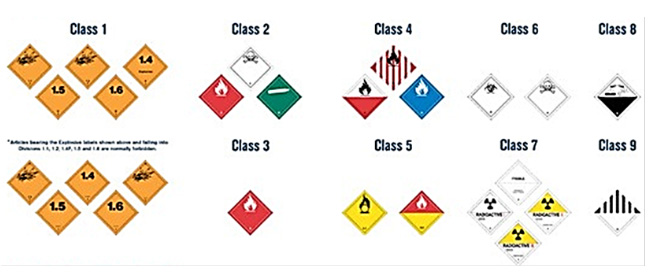Shipper’s Responsibilities
A shipper must comply fully with the IATA Dangerous Goods Regulations when offering a consignment of dangerous goods for cargo. In addition, shippers must comply with any applicable regulations set forth by the States of origin, transit and destination.
A shipper, offering articles or substances in violation of the regulations, may be in breach of national law and may be subject to legal penalties.
In the regulations, the words “shall” and “must” are used to indicate a mandatory requirement. The words “should” and “may” indicate a preferred requirement and are not binding.
It is the shipper’s responsibility to ensure that all of the applicable air transport requirements are met. The items indicated below are provided as examples and do not include the complete list of all the applicable requirements for air transport.



